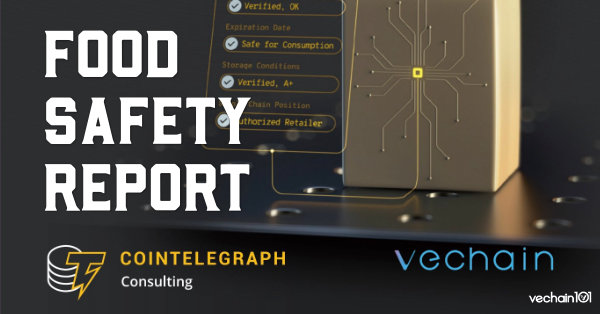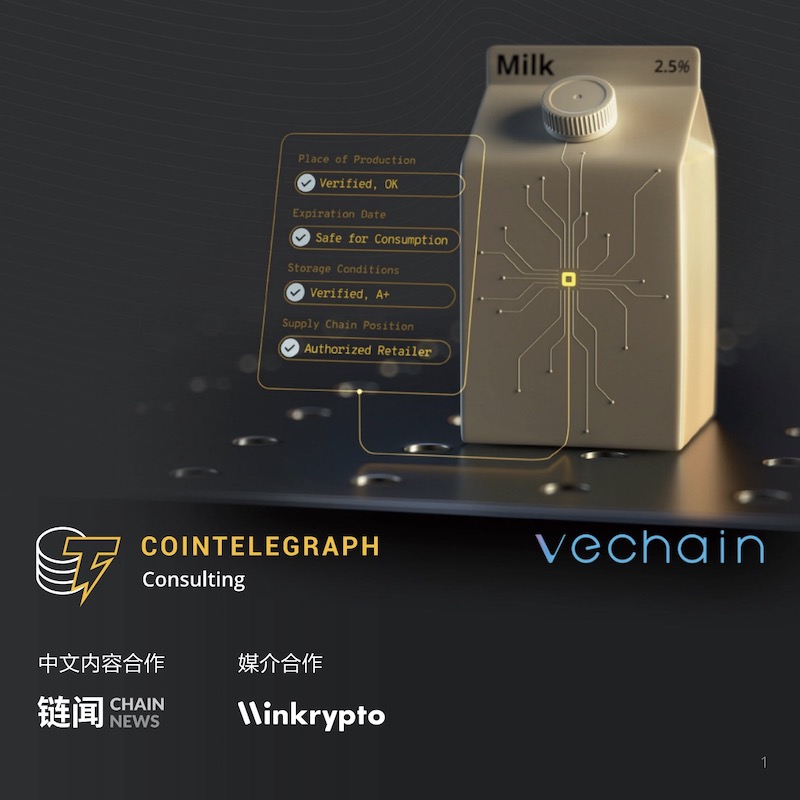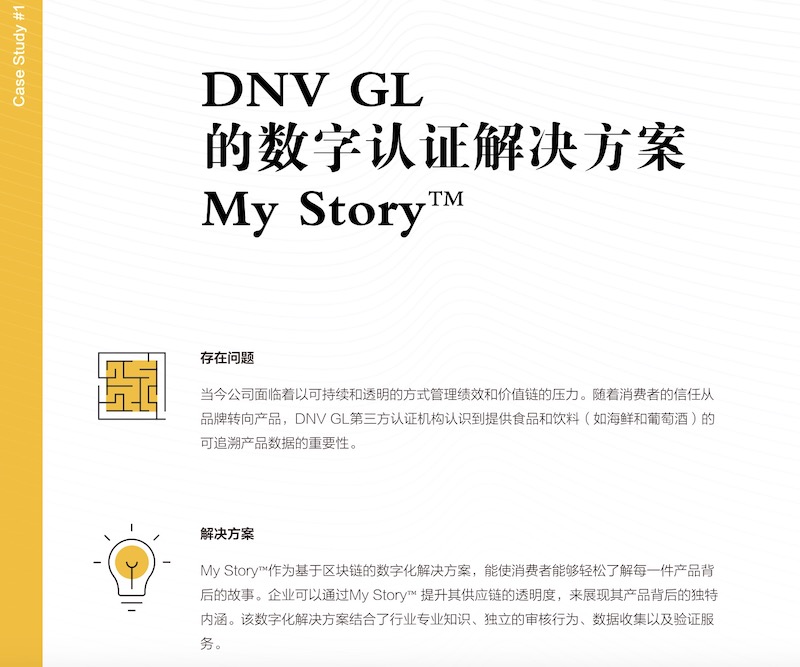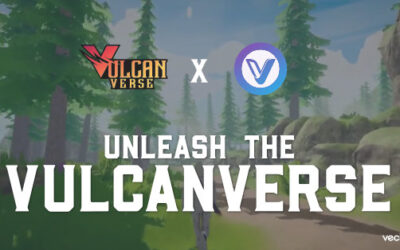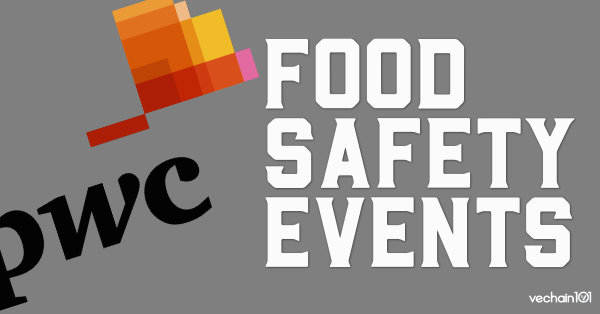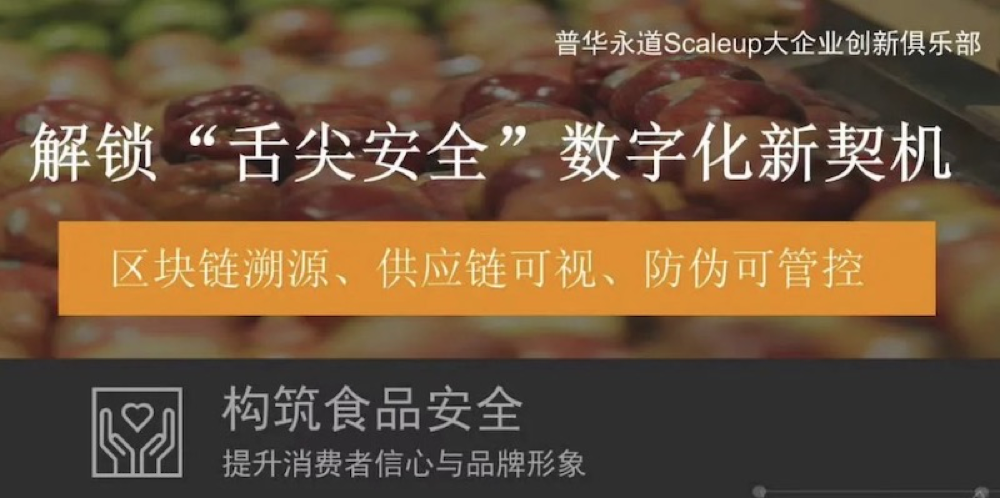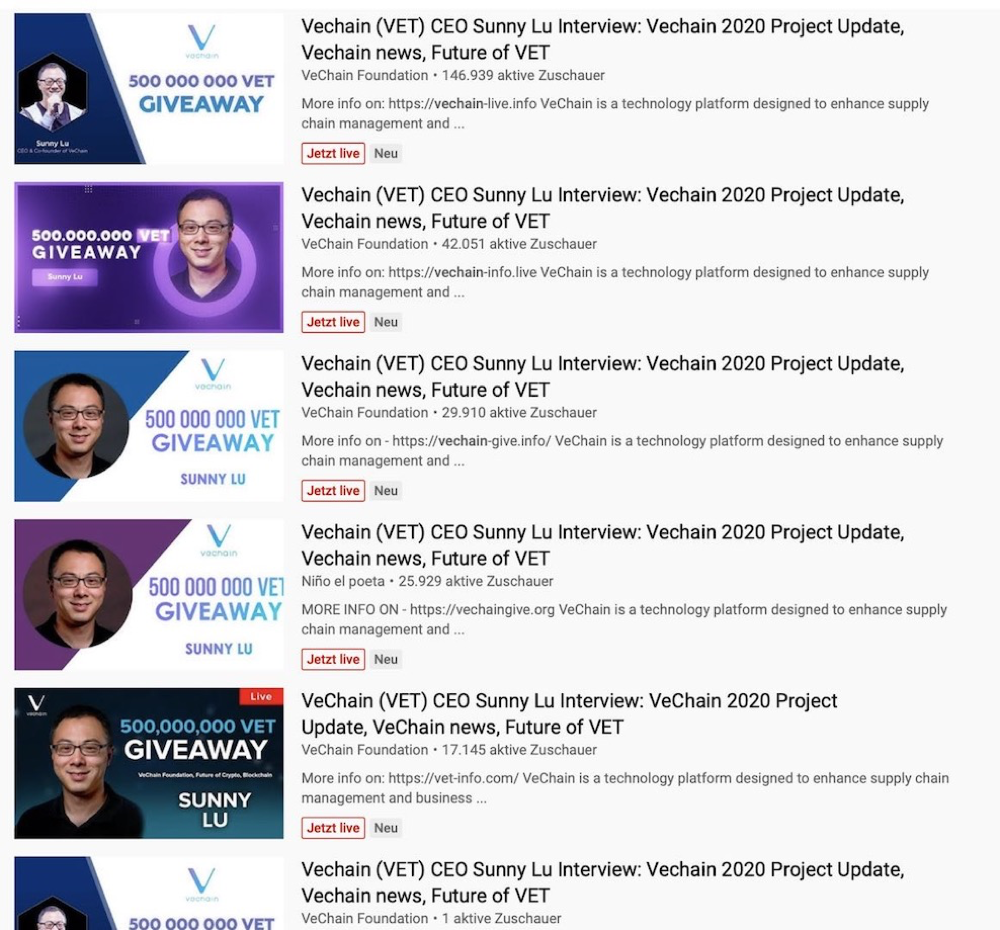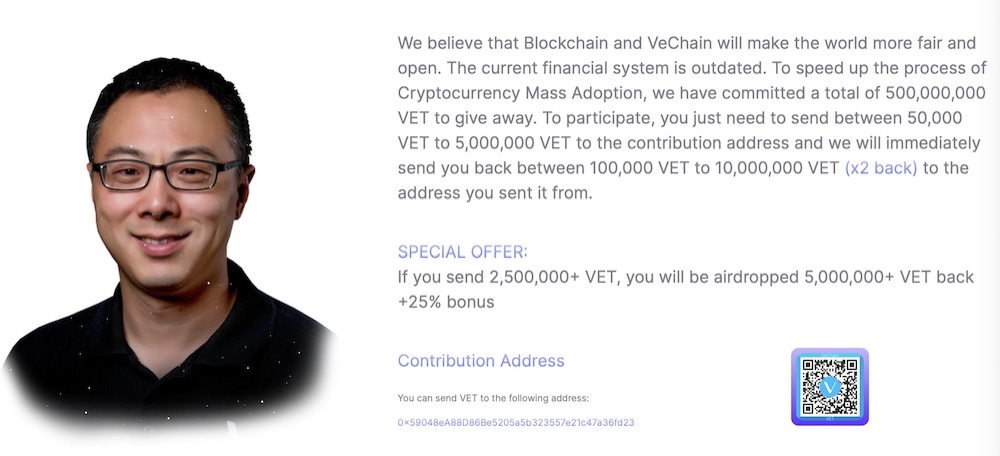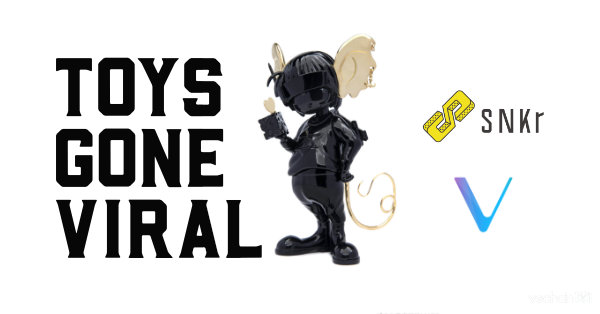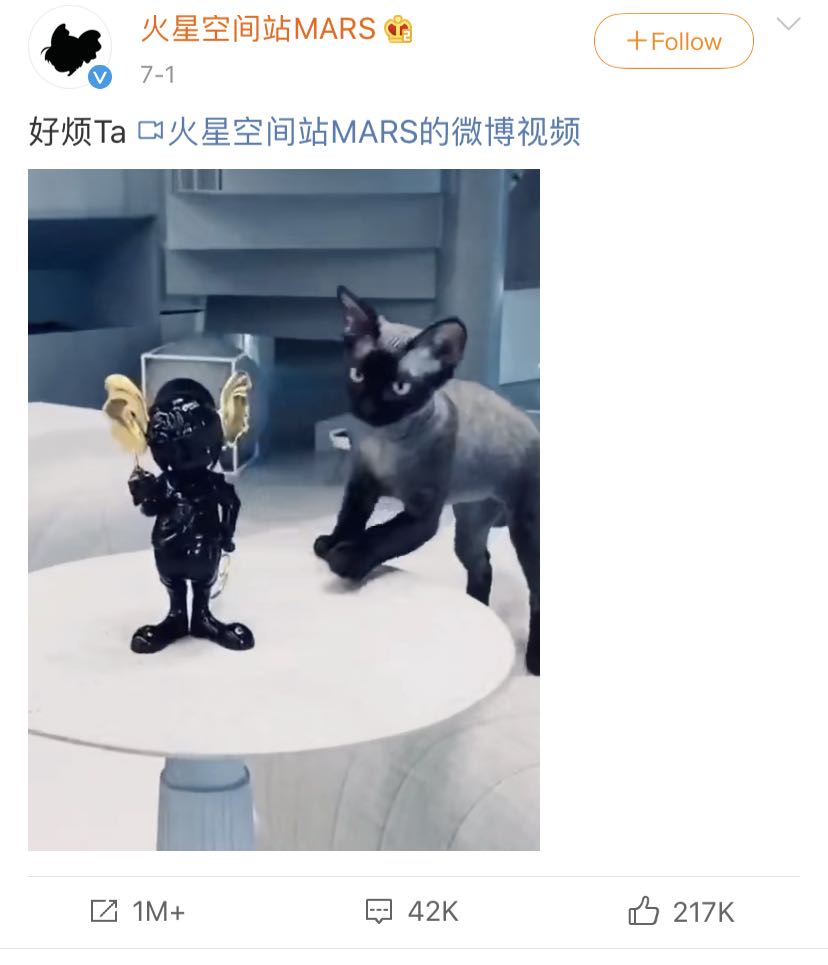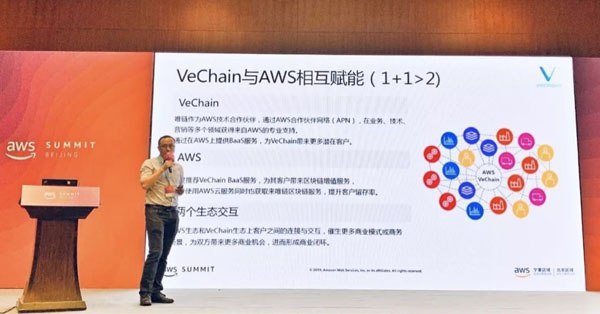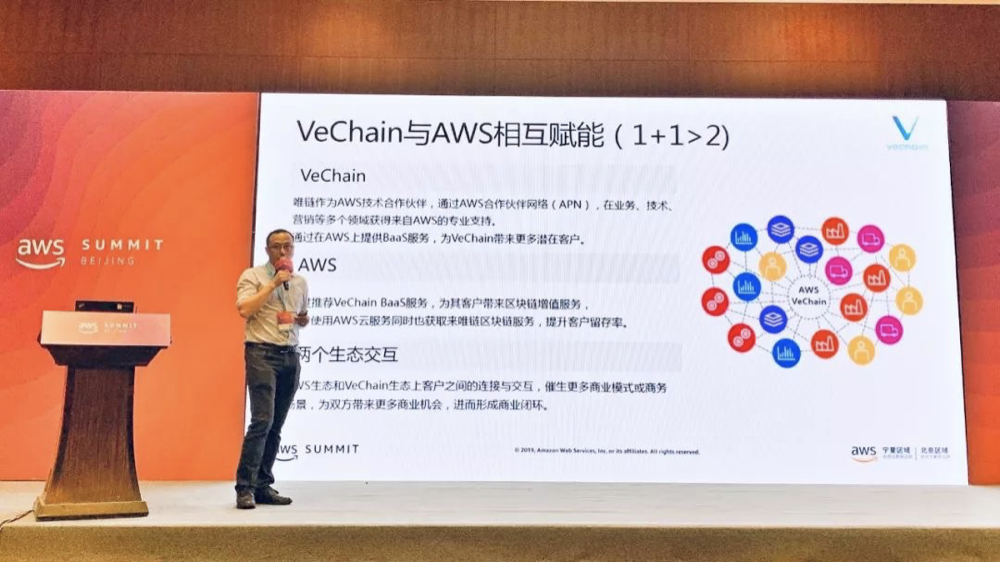VeChain’s strategic partner Jackson Fu (Cream) recently announced in his post on blockchain bottlenecks that he believed VeChain Toolchain was the “AWS of blockchain”. This comparison to AWS (Amazon Web Services) provoked a discussion with many people sharing the idea. So what’s behind the idea?
Cloud Storage v Blockchain
There’s an obvious comparison to these two emerging data storage technologies, as enterprise cloud storage was a tough sell in the beginning. The idea of uploading private internal and client data to third-party internet service providers wasn’t one that was well-received a decade ago. AWS, the clear leader, launched in 2006 and has maintained their market share ever since, despite later having fierce competition from major tech rivals like Microsoft, Google, and Oracle. As a whole, the cloud storage market has been rapidly exploding, with a compound annual growth rate (CAGR) that was already forecasted to be sky-high, even before COVID-19 forced many businesses to adopt a “cloud only” business model thanks to remote work and online business models.
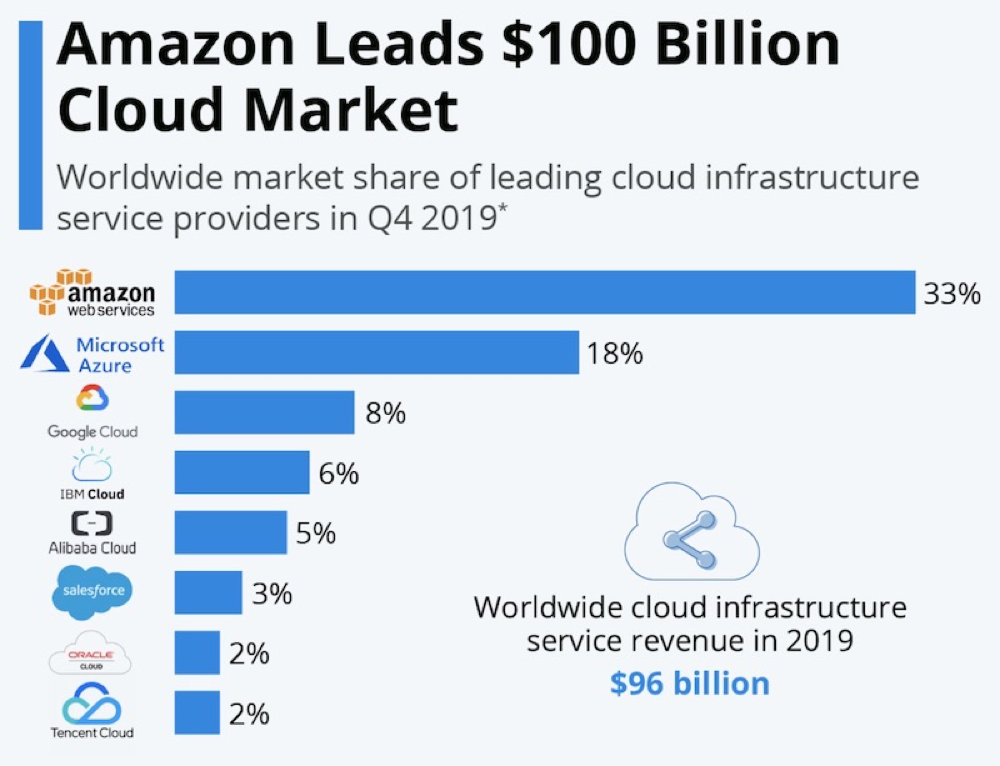
Source: Statista
For VeChain to become “The AWS of Blockchain”, two things need to happen. First, VeChain needs to recreate the success of AWS in gaining market share by making their offering more innovative, secure, and easier to use than the competition. This seems likely considering VeChain’s increasingly strong position with corporate users such as DNV GL, Walmart China, and Sam’s Club China all becoming early adopters. Secondly, blockchain needs to prove itself to be nearly as valuable as cloud technology in the enterprise space. This is something that will take time to play out, as businesses continue to explore the use cases and functionality of the technology.
Breaking some misconceptions
The feedback to Cream’s article has sparked some confusion regarding how VeChain fits into the cloud computing industry. Twitter user @Martijncvv posted a thread that touched on some of these ideas.
https://twitter.com/Martijncvv/status/1282101739940872192
Martijn had some great points, but the image in the thread seems to imply that VeChain is a competitor to massive service providers like Azure, AWS, and Google Cloud. VeChain’s core product is ToolChain, which is not intended to be used as a cloud service, but as an application deployed on the VeChain mainnet with additional data stored on a cloud server. After all, for a client like Walmart China, it wouldn’t make sense to upload hundreds of thousands of logos, images, and videos to a public blockchain, when only key datasets are essential to the supply chain and need to be verified. That’s why ToolChain’s Developer & Partner versions require a cloud service such as AWS for data storage. (Note: VeChain manages cloud storage in Toolchain’s Standard version to simplify the onboarding process). It’s important to remember that VeChain is not trying to put giants like Amazon and Microsoft out of business. Instead, they are trying to build a valuable service that can be easily used within an existing corporate cloud account, working alongside the tech giants. The result is a partnership that makes AWS and Azure more valuable to their corporate clients, as clients store even more data on the cloud. That explains why last year, VeChain CTO Gu Jianliang was invited to speak at the AWS Summit, pictured below with the title “VeChain and AWS joint empowerment (1 + 1 > 2).”
Last November, VeChain and PwC were also invited to host a closed-doors meeting with Microsoft Azure’s clients to better explain the value proposition that blockchain can bring (Pictured below). Azure clearly sees the benefit in more enterprises deploying VeChain’s blockchain solutions on their cloud, leading to even more revenue for Microsoft.

VeChain’s Toolchain is not an Infrastructure-as-a-Service (IaaS) platform like AWS. IaaS is a more bare bones offering that companies can build web pages, mobile apps, databases, and their entire service offering on. ToolChain makes it easy to skip all that by being Software-as-a-Service (SaaS). That includes mobile apps like VeChain Work and VeChain Pro, web apps such as the ToolChain interface, existing VeChainThor blockchain source code (the mainnet), templates, APIs, and much more.
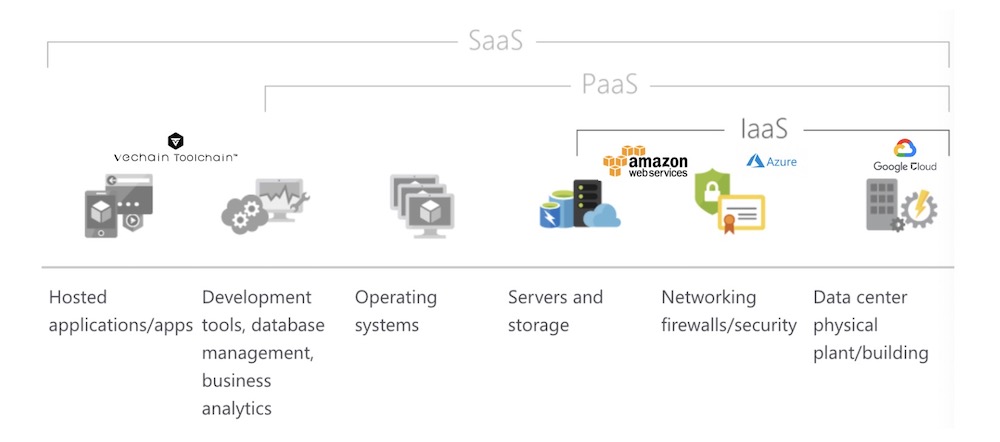
Source: Adapted from azure.microsoft.com
The bad news is that VeChain wont be taking over the projected $623.3 billion dollar cloud market in 2023. Instead, they will be contributing to it, as a blockchain vertical that AWS and Azure can push to their existing clients. Companies wont have to ditch their existing cloud structures on AWS to migrate over to VeChain. Instead, they will just be adding additional services on to their existing cloud invoices. VeChain isn’t trying to take over the cloud service industry, they are just trying to make some of the zettabytes of data stored in the cloud more trusted and valuable. As more data is uploaded to the cloud, a growing volume of data will have the need to be verified. This makes VeChain’s goal of being the leading enterprise blockchain much more plausible. And with allies like AWS and Azure, why should you doubt them?
Notes: We thank @Martijncvv for being a good sport. His educational posts are well worth a follow! He later added in a comment:
I wasn’t talking about VeChain’s Toolchain but the VeChain blockchain itself. I do agree that ToolChain is a SaaS and not an IaaS. But that’s something built ON the blockchain (IaaS). Link
